1. Type this URL in your web browser: elt.heinle.com/greatwriting
2. You will probably see this screen, with "Type your Country" in the middle:
3. Start typing "United States" and choose "United States".
4. Then, choose "ELT - English Language Teaching".
5. You will then see this screen ("Great Writing series"). Click on "Products Included":
6. Now, you will see "Products Included" and "showing results 1 - 5" (see photo). Scroll down and find our book (Great Writing 3). Click on it.
7. You will then see this screen. Click on "Student" under "Companion Site".
8. You will then see this screen (below). Finally! Click on "Web Activities" and you will a list of chapters.
Monday, June 17, 2013
Tuesday, February 23, 2010
Beatles Mono CDs: Fake Crap vs. Authentic
Counterfeit mono Hard Day's Night on the left. Notice the difference in font - especially the red title font. Also, look closely at the upper-right "mono" logo - the original letters should look slightly "off", the legs of the "m" and "n" are slightly short, which just screams "60s". The fake one on the left couldn't reproduce that, and the letters in "mono" are conventional type.
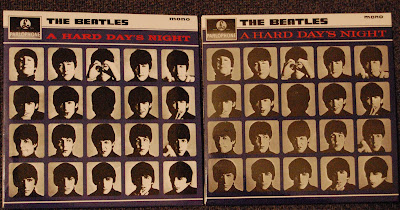
On the back, look closely at the catalog number in the bottom right corner, southeast of the "Use Emitex" circle. On the original, on the right, the number is very small. On the fake one, it's larger. Also note the cheap, crap-@ss glue seams coming up on the left one.
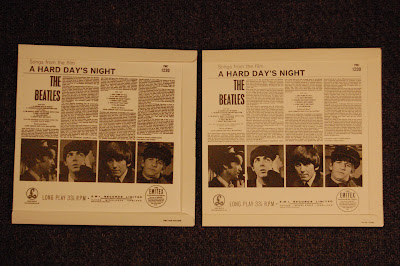
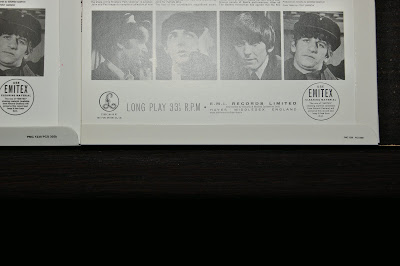
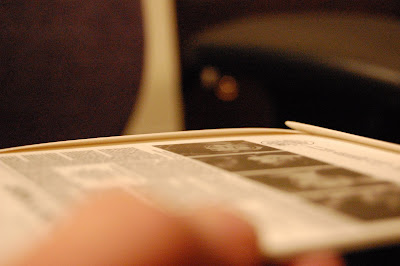
Now notice how the counterfeit, on the left, does not include the replica of the original LP paper inner sleeve, just a CD inside a crappy rice paper sleeve. Compare that to the one on the right.

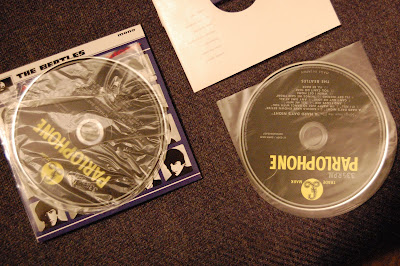
Now the discs themselves. Notice how the counterfeit, on the left, is slightly different from the one on the right. The authentic disc has black printing all the way to the center; notice the ring around the center of the counterfeit, and how this ring goes through the title "...Songs from the film..." Also compare "33 1/3 RPM" - it looks much nicer on the real disc on the right; no shadowing on the fake one.
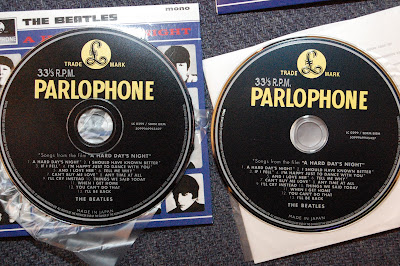
Close-ups of matrix codes and manufacturing whatnot on the REAL disc:
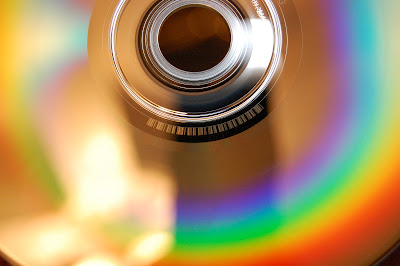
The IFPI code below, in the outer silver ring, is a mastering code.
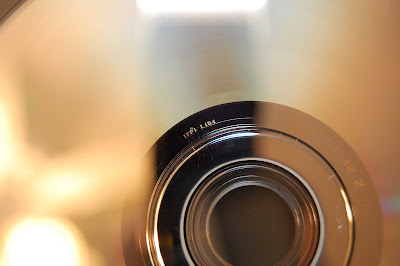
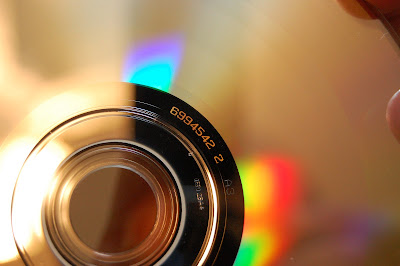
The small IFPI engraved in the plastic hub is the manufacturing code and marks where the disc was manufactured. This is an SID code is required by law in many countries. For more information see here. This code, IFPI 28A, according to this database, signifies EMI Japan.
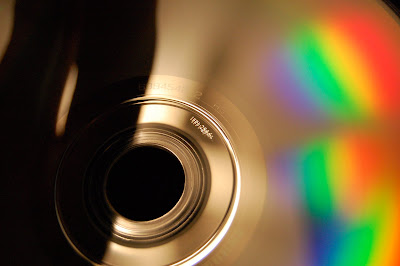
Now, the counterfeit disc. You can also see a little bit of the "bar code" around the bottom of the inner ring - compare it to the photo above. It looks like a cheap facsimile of a real barcode. Also notice the dent in the aluminum layer, black marks, and general shoddiness.
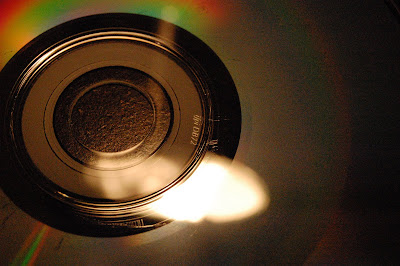
The mastering code on the silver ring, L154, is a copy of the one on the real disc. The IFPI code in the plastic hub may or may not be real: IFPI DB72.
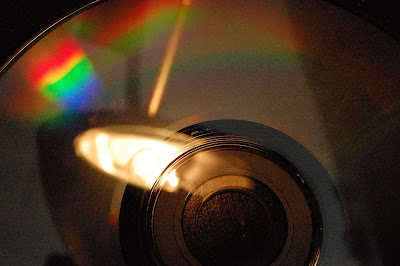


On the back, look closely at the catalog number in the bottom right corner, southeast of the "Use Emitex" circle. On the original, on the right, the number is very small. On the fake one, it's larger. Also note the cheap, crap-@ss glue seams coming up on the left one.



Now notice how the counterfeit, on the left, does not include the replica of the original LP paper inner sleeve, just a CD inside a crappy rice paper sleeve. Compare that to the one on the right.


Now the discs themselves. Notice how the counterfeit, on the left, is slightly different from the one on the right. The authentic disc has black printing all the way to the center; notice the ring around the center of the counterfeit, and how this ring goes through the title "...Songs from the film..." Also compare "33 1/3 RPM" - it looks much nicer on the real disc on the right; no shadowing on the fake one.

Close-ups of matrix codes and manufacturing whatnot on the REAL disc:

The IFPI code below, in the outer silver ring, is a mastering code.


The small IFPI engraved in the plastic hub is the manufacturing code and marks where the disc was manufactured. This is an SID code is required by law in many countries. For more information see here. This code, IFPI 28A, according to this database, signifies EMI Japan.

Now, the counterfeit disc. You can also see a little bit of the "bar code" around the bottom of the inner ring - compare it to the photo above. It looks like a cheap facsimile of a real barcode. Also notice the dent in the aluminum layer, black marks, and general shoddiness.

The mastering code on the silver ring, L154, is a copy of the one on the real disc. The IFPI code in the plastic hub may or may not be real: IFPI DB72.


Thursday, July 16, 2009
Blog vs. Wiki
A BLOG (contraction of "weblog") is a website maintained and belonging to one user featuring commentary and/or news, with photos, videos and weblinks mixed in with text. I first heard of such a thing back in 2001, when Neil Gaiman started his blog. Many I have seen are hobby-related, others are commentary on news (which is usually if not always taken from professional news sources), a diary of one's child's development, insane ramblings, etc.
A wiki is a website whose intent is collaborative, between many users. The best-known example is Wikipedia. Any user can create or edit a Wikipedia entry. In fact, you don't even need to be a registered member to edit most entries. (The downside to this is vandalism; entries have to be heavily monitored). This is different from a blog, where the site belongs to one registered user (for example, my blog is registered to my personal Google account) and only that user can create and edit entries. Other users may leave comments, but the blog owner has the power to specify who may leave comments, if at all.
How can these be used in education? One idea is that students can create a blog as a form of expository writing - how to do something, illustrated with photos and videos as appropriate. A blog can also used more informally as fun info about the student, or as a virtual form of journalling - though comments would have to be moderated, or the journal blog limited to only the student and teacher.
A wiki can used for collaborative group projects on practically any topic. The wiki would have to be set up so that only the teacher and those group members can contribute, to avoid vandalism.
A wiki is a website whose intent is collaborative, between many users. The best-known example is Wikipedia. Any user can create or edit a Wikipedia entry. In fact, you don't even need to be a registered member to edit most entries. (The downside to this is vandalism; entries have to be heavily monitored). This is different from a blog, where the site belongs to one registered user (for example, my blog is registered to my personal Google account) and only that user can create and edit entries. Other users may leave comments, but the blog owner has the power to specify who may leave comments, if at all.
How can these be used in education? One idea is that students can create a blog as a form of expository writing - how to do something, illustrated with photos and videos as appropriate. A blog can also used more informally as fun info about the student, or as a virtual form of journalling - though comments would have to be moderated, or the journal blog limited to only the student and teacher.
A wiki can used for collaborative group projects on practically any topic. The wiki would have to be set up so that only the teacher and those group members can contribute, to avoid vandalism.
Tuesday, July 14, 2009
Subscribe to:
Comments (Atom)




